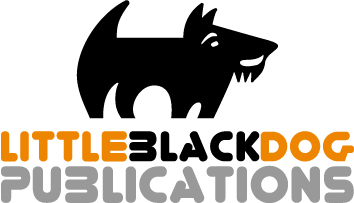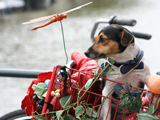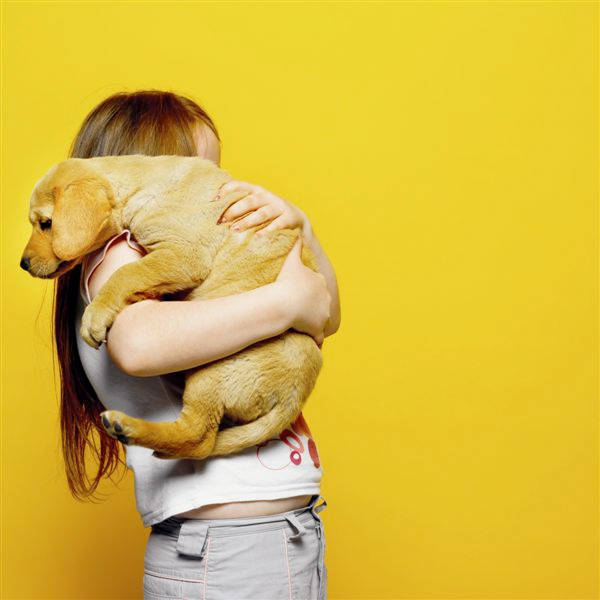 At the Adore Animals Foundation, we do a lot of research into the benefits of animals on humans, especially on children – so much research in fact, we wrote a book about it – but here’s a new one for the books, literally.
At the Adore Animals Foundation, we do a lot of research into the benefits of animals on humans, especially on children – so much research in fact, we wrote a book about it – but here’s a new one for the books, literally.
Dogs are helping kids to read.
But dogs can’t read, I hear you say! True, they can’t (well not that we know of – yet), but studies have proven that dogs are instrumental in helping kids relax so they can concentrate on reading. And there’s even a library program, aptly named Books & Barks that’s been proving this since 2006.
According to the Northern Virginia Daily in the United States, the Books & Barks program at Samuels Public Library is proving so successful and so popular, they’ve now got a dog-assist waiting list.
So how does it work? According to Samuel’s Youth Services Supervisor Michal Ashby, the dogs help kids overcome their nervousness about reading, allowing them to feel at ease so they can open their mind to reading.
It sounds simple and it is. Dogs have a natural ability to make most people at ease, and with kids, patting or stroking the dog often helps them to relax right away.
Says Michal, ‘Scientific research has proven in studies about reading that one of the main issues of children – when they’re struggling with learning to read – is [that] they get tremendous anxiety, and by having a comforting animal next to them, as their anxiety declines, their reading ability progresses.’
The other good news is that the dogs love it too. Dog owner Pam Ostermeier has been involved in the program since its inception and says, ‘They [the dogs] love to be with the kids… They love the kids. They love coming. They get so excited when they see us putting on our uniforms.’
And of course there’s the added bonus that we’re only too aware of at the Adore Animals Foundation.
‘I often hear from parents that not only is it [the program] changing their child’s life because it’s improving their reading skills, but it may be that special relationship that they’ve developed with the dog helped them deal with a difficult part of their life,’ says Michal. ‘In other words, I think it does so much more than just helping reading. There’s animal therapy in there and a little bit of everything.’
To read the full article by Ben Orcutt at NVdaily.com click on this link




